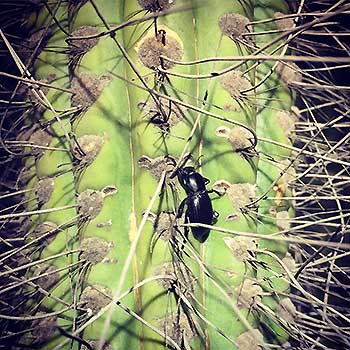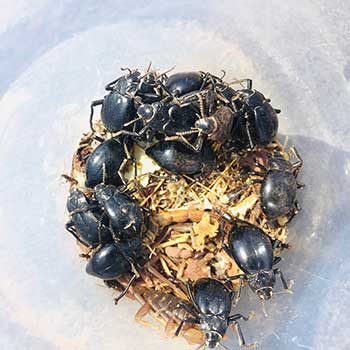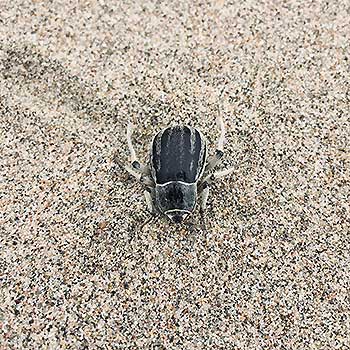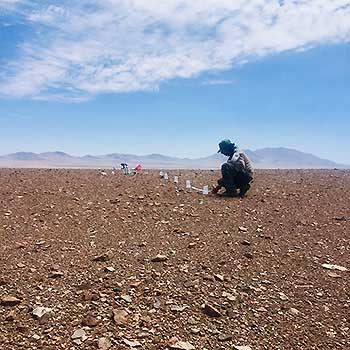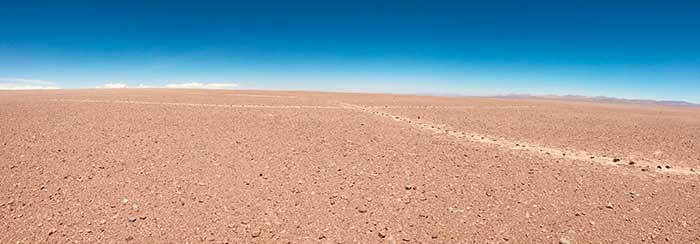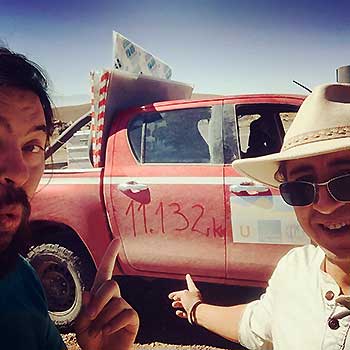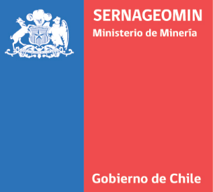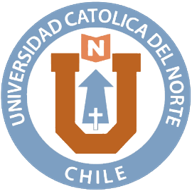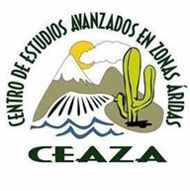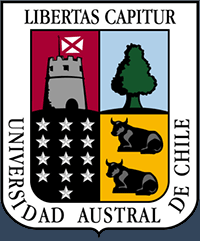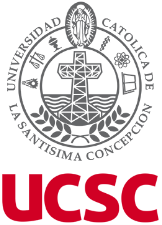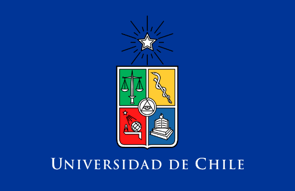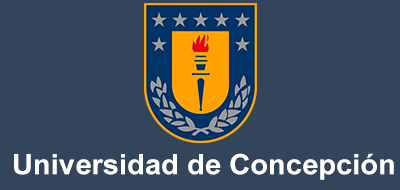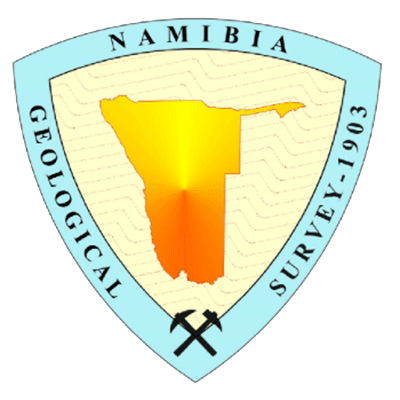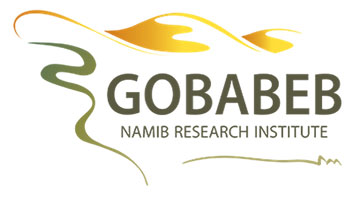From January 14 to February 28, Chilean entomologists from subproject B2 conducted an extensive fieldwork campaign in the Atacama Desert and adjacent regions to address tasks of the second phase of CRC1211. This campaign was divided in two main parts.
The first part involved the installation of trap systems in five longitudinal transects south of the hyperarid area of the Atacama Desert between Copiapó and Coquimbo (27º-30ºS) and from the coast to high Andes (above 4,700 m asl). The objective of this experiment was to obtain material for a better and general understanding of the origin/migration corridors of insects, particularly darkling beetles, inhabiting the hyperarid Atacama Desert, i.e., an understanding of the biogeographical interactions between the Coquimbo and Atacama regions.
During the second part of the trip, we installed an experimental station in the hyperarid core of the Atacama Desert with the main goal of defining a desert region largely devoid of metabolically active organisms. The chosen locality is south of Calama on the western slope of the Cordillera Domeyko at above 3,000 m asl. To first confirm the complete absence of arthropods, we set up a large-scale pitfall trap system covering an area about 8,100 m2 This experimental station works with a flexible weather station which is provided by colleagues of the Z-cluster and is controlled in regular intervals of two months.
After 11,132 kilometers covered, about 70 collection points and more than 20 kg of collected material, our journey was successfully completed and besides the often very demanding scientific work, many beautiful and funny stories remain in our memories.
|
|



